8 Types of Homeowners Insurance: Coverage & Types
-
Pete Ortiz
- Last updated:
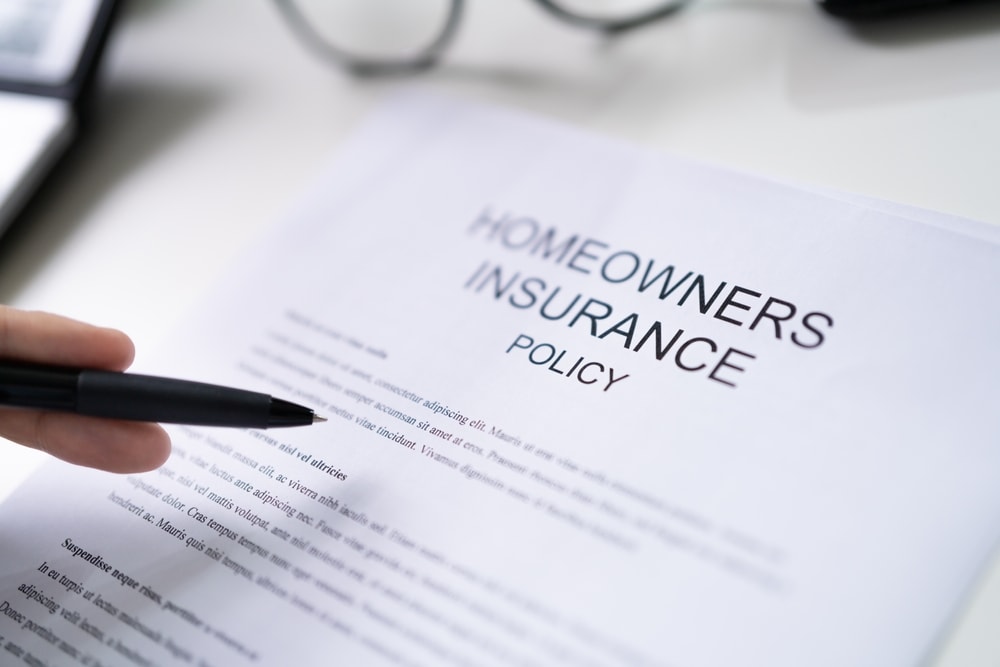
When it comes to your home, whether it is a towering mansion or a humble abode, you need to make sure that when disaster strikes, you are ready with the proper insurance coverage. However, homeowners insurance is complex and often difficult to understand. To cut through the confusion, we’re here to break down the eight types of homeowners insurance for you.
The 8 Types of Homeowners Insurance
1. HO-1, Basic Form
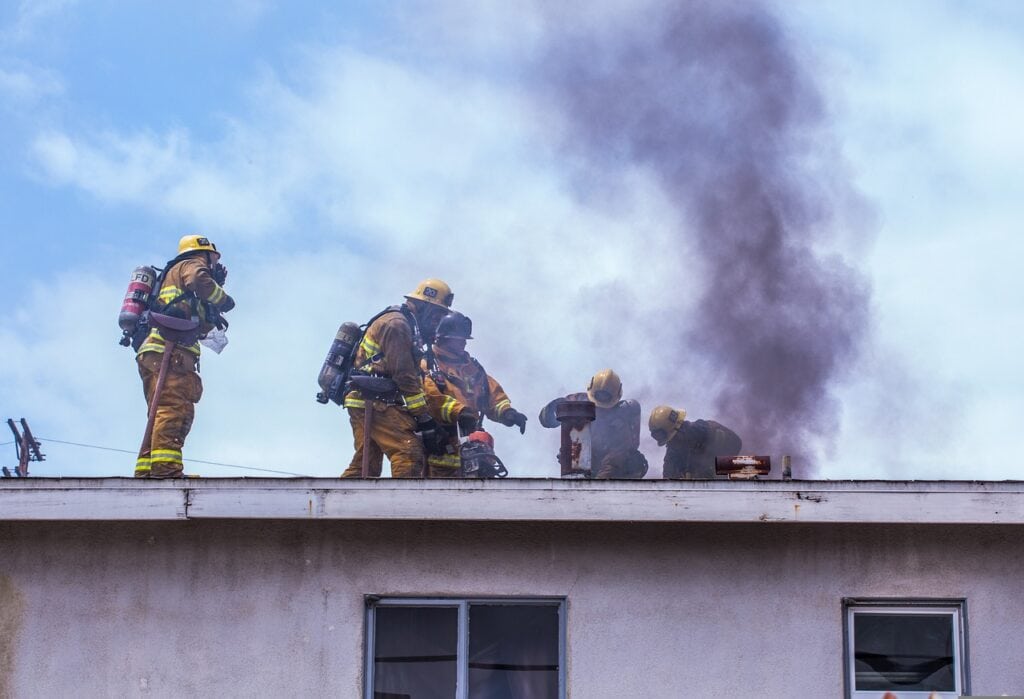
| Coverage: | Dwelling, personal property, liability, medical payments, loss of use |
| Type of Policy: | Named perils |
The HO-1 basic form homeowners policy covers what is known as named perils. That means you will only have coverage on a claim for damage that falls under the explicitly named perils.
- Fire and lightning
- Smoke
- Hail and wind
- Explosions
- Theft
- Vandalism
- Vehicles
- Aircraft
- Riots and civil unrest
- Volcanic eruptions
With this policy, you won’t have earthquake, flooding, or personal liability coverage. Like its name, this is the most basic type of homeowners insurance.
2. HO-2, Broad Form
| Coverage: | Dwelling, personal property, liability, medical payments, loss of use |
| Type of Policy: | Named perils |
The HO-2 broad form includes all the perils found with the basic form policy, but it enhances it. Some additions include falling objects and extreme weather (ice and snow) damage. HO-2 also allows you to make claims on the freezing of specific household systems like heating and air conditioning. Sudden and accidental water damage due to broken or bulging pipes, accidental discharge, or the overflow of water systems is also covered. It depends on what precedes the event and whether or not there is a one-to-one correlation between the event and the damage.
3. HO-3, Special Form
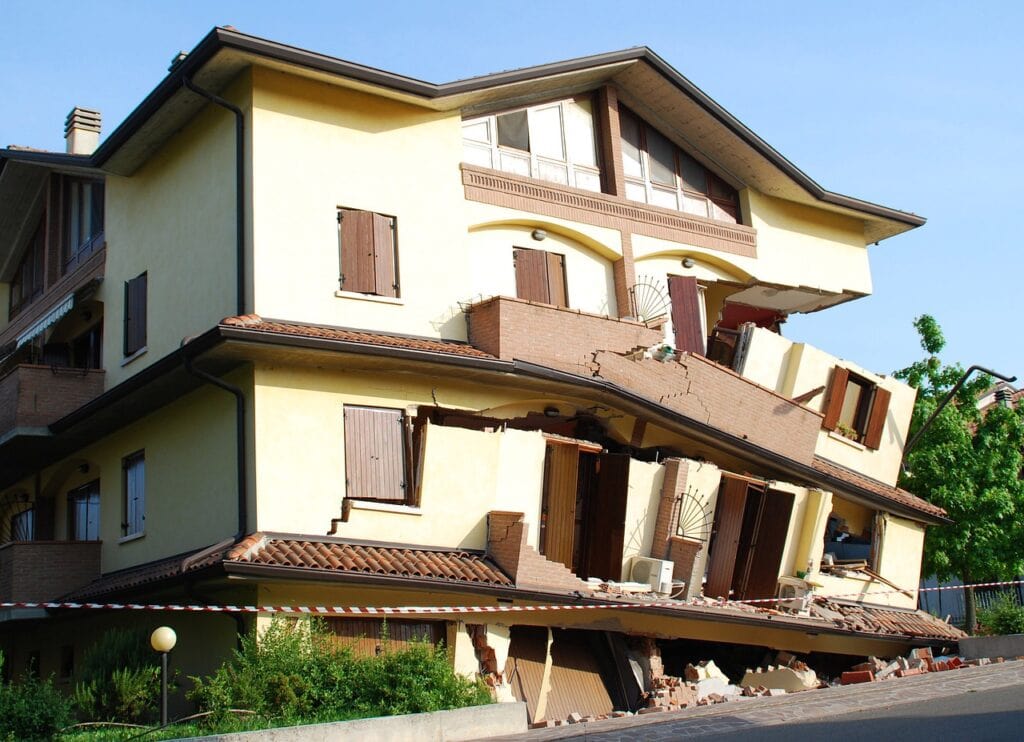
| Coverage: |
Dwelling, other structures, personal property, personal liability, medical payments, loss of use
|
| Type of Policy: | Open peril |
The HO-3 special form is one of the most popular homeowners insurance policies. Although HO-1 and HO-2 cover named perils, HO-3 covers everything except certain excluded perils. They are also known as open perils. Excluded perils in a special form policy are negligence, earthquakes, floods, power failure, nuclear hazards, and intentional acts. Earthquake and flood damage are the most sought-after perils in this list and can be purchased on a separate policy or added as an endorsement to the HO-3.
4. HO-4, Tenants Form
| Coverage: | Personal property, personal liability |
| Type of Policy: | Named perils |
HO-4 is commonly referred to as renters insurance. This will cover the cost of your personal property in the event of named perils. These perils are usually more or less similar to those in a broad form. Replacing your property isn’t limited to your apartment unit or house but includes personal property within the premises. If your purse gets stolen out of your car at night, it will be covered under personal property, as long as it is parked on the premises. Personal liability is also included in renters insurance, where you might be responsible for some of the damage.
5. HO-5, Comprehensive Form
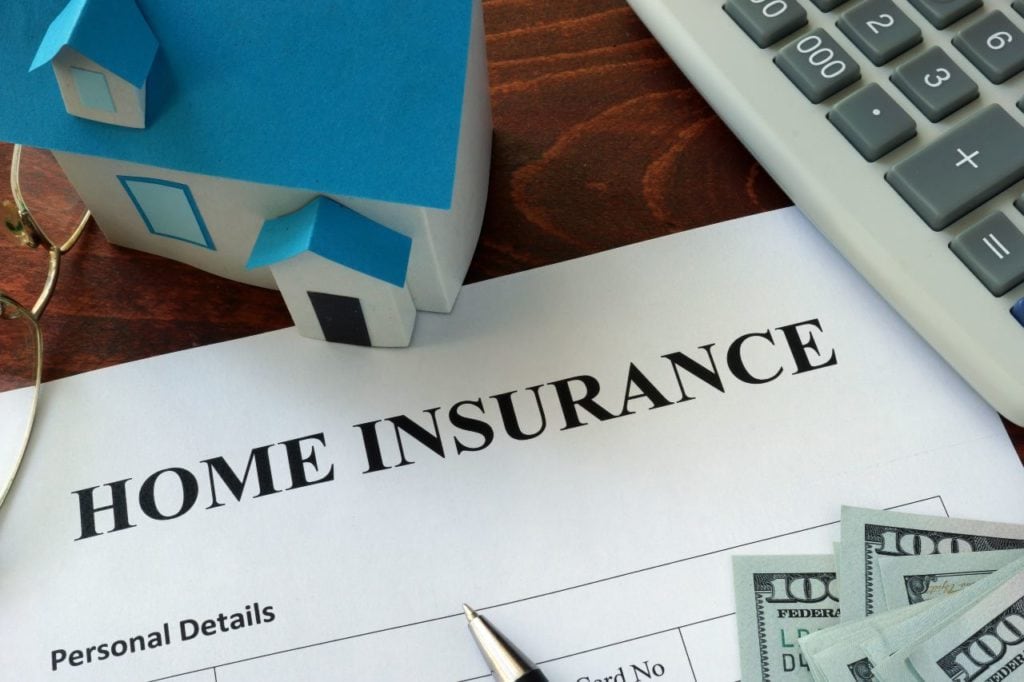
| Coverage: |
Dwelling, other structures, personal liability to set limits, loss of use, medical payments, personal property
|
| Type of Policy: | Open peril |
Before considering the comprehensive form policy, you need to check with your insurance agent to see if the company even offers it. An HO-5 policy is similar to an HO-3 because it is an open peril plan. It covers all perils except those explicitly excluded in the policy terms. The excluded perils are usually earthquakes, floods, mold, fungus, rot, nuclear hazards, and corrosion. You can also set your personal liability to certain limits per person.
6. HO-6, Condominium Form
| Coverage: | Dwelling, personal property, personal liability, loss of use |
| Type of Policy: | Named perils |
In cases where you own a particular unit in a building, such as in a condo, HO-6 is the policy you would purchase. In the event of perils, it provides coverage for your unit’s floors, windows, ceilings, and walls. Like most other policies, earthquakes, flooding, and intentional injuries are not covered. You must adjust your policy if you perform any renovations or modifications on your unit.
7. HO-7, Mobile Home Form
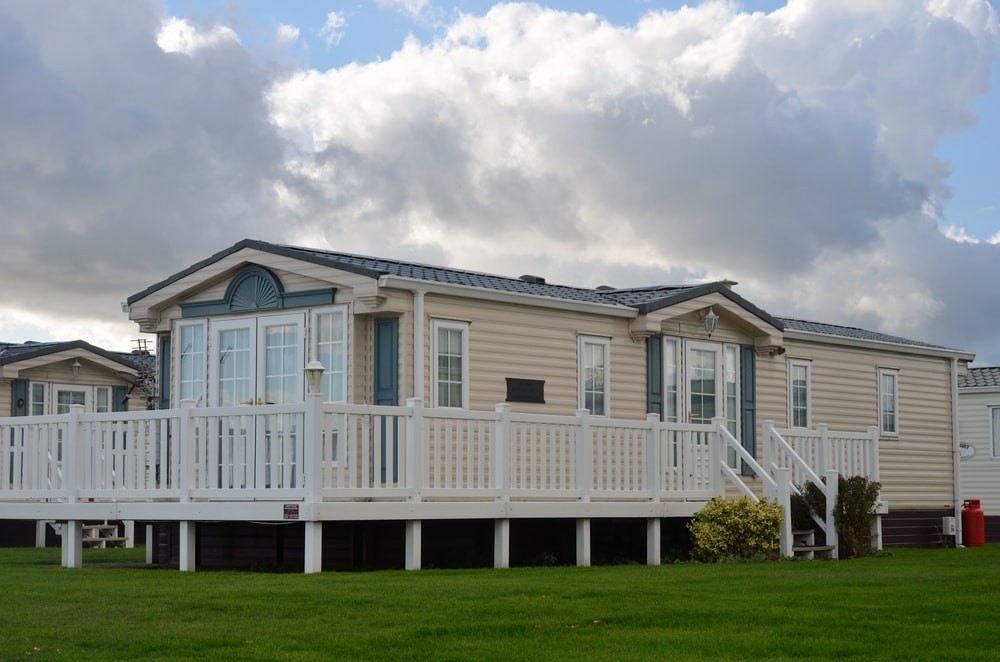
| Coverage: |
Dwelling, personal property, loss of use, personal liability, medical payments
|
| Type of Policy: | Open peril |
An HO-7 is similar to an HO-3 in that it covers damage to your property in an open peril situation. It is specifically for mobile homes, and no other structures are covered under the policy. This is the primary distinction between HO-7 and HO-3. Mobile homes need their own classification of insurance. Like other insurance policies, earthquakes and floods are not covered under an HO-7. One thing that might be surprising is that mold remediation is not covered either.
8. HO-8, Modified Coverage Form
| Coverage: |
Dwelling, other structures, personal property, loss of use, personal liability, medical payments of others
|
| Type of Policy: | Named peril |
Some homes are historical landmarks or have outdated building codes. They are allowed to have coverage under the HO-8 modified coverage form. Typically, the policy applies to any home that is 40 years or older. It is somewhat limited and is more like an HO-1. In the case of a total loss, you will be paid the overall cash value of your dwelling. This usually isn’t sufficient to cover all of your costs for reconstruction. Not all insurance companies sell HO-8 policies.
Final Thoughts
Homeowners insurance is vital for protecting your home, but the coverage details will depend on where you live. Getting an endorsement for earthquake damage on the West Coast is really important, but it might not be practical if you live in Florida. It’s also essential to find a trusted insurance agent who has your best interests in mind and can explain how much coverage the policy provides.
Featured Image Credit: Andrey_Popov, Shutterstock
Contents


